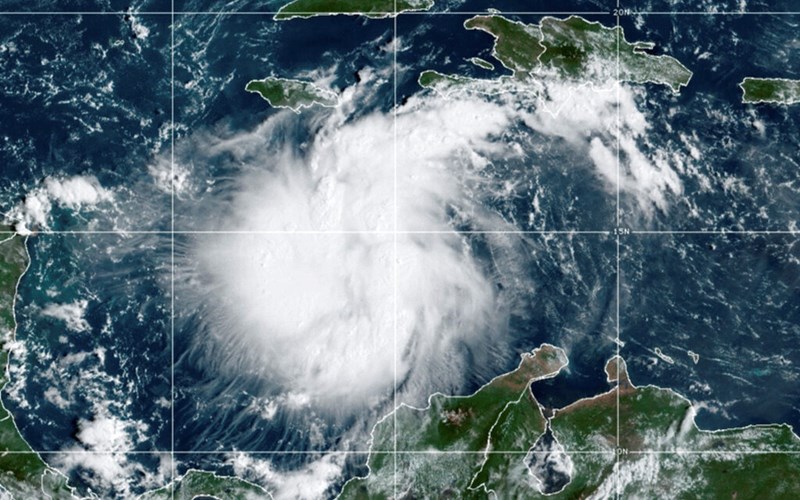The National Hurricane Center (NHC) says on average, the Atlantic encounters 14 named storms from June 1 to November 30, with seven being hurricanes and three that are considered major, which is category three or higher.
But according to Colorado State University hurricane researchers, the initial outlook for the upcoming season includes 23 named storms, with 11 expected to become hurricanes and five that could reach major hurricane status.

"The Atlantic is still record warm and the Tropical Atlantic providing more fuel for storms," senior research scientist Dr. Phil Klotzbach recently told Fox Weather. "The El Nino is weakening, likely to transition to La Nina. That's colder water in the Eastern and Central Tropical Pacific -- typically the more favorable hurricane, favorable upper-level wind patterns in the Atlantic."
Those wind patterns mean lighter winds in the upper levels of the atmosphere, which help foster storm development. Stronger winds prevent development.
As for the warm water, Dr. Klotzbach said it will not necessarily stay that way.
"Typically, it does persist," he noted. "It doesn't always; it can change, but typically, if your waters are very warm in the Tropics, especially the Subtropical Atlantic, warmer waters tend to be associated with lower pressures in the Subtropics, which then cause weaker winds blowing across the Tropics. Weaker winds mean less evaporation, which means the waters tend to basically continue to stay much warmer than normal."
He added that "very strong atmospheric forcing" can cause things to change, but his team has more confidence in this year's outlook than previous April releases because of the state of the atmosphere and other favorable signals.
The National Oceanic and Atmospheric Administration or NOAA typically releases its own outlook in late May.







